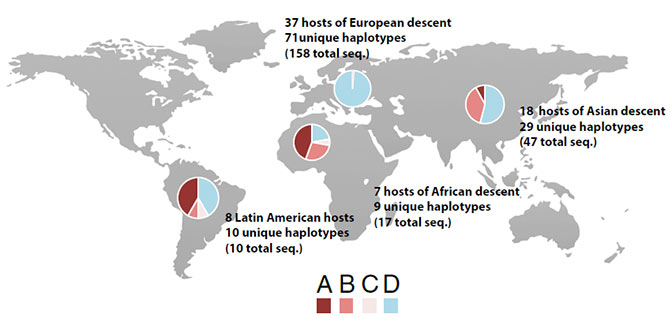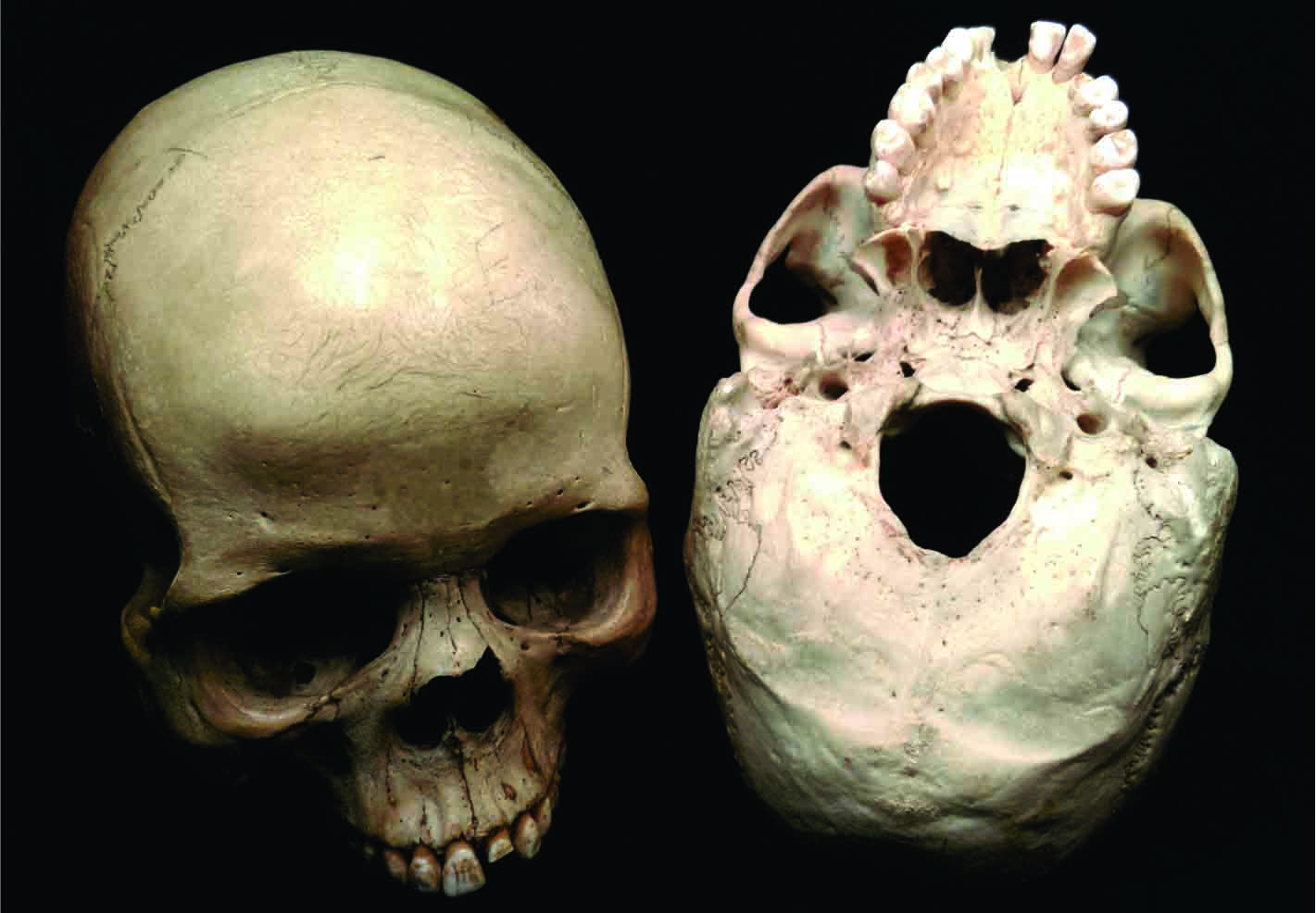
BRUNSWICK, MAINE—The mites that live on human skin could help scientists study the history and relationships of human populations. Evolutionary biologist Michael Palopoli of Bowdoin College and his team have found that people can carry four different subgroups of Demodex folliculorum, a microscopic arthropod whose last common ancestor lived more than three million years ago. Samples were collected from people with European, Asian, African, and Latin American ancestries. Analysis of the mites’ mitochondrial DNA showed that people of African descent had a mixture of all the subgroup types, while people of European ancestry tended to have mites from only one group. “As they diverged into Asia and Europe, some individual lineages were lost,” Palopoli told Science Magazine. The research also suggests that a person’s mite population remains stable for as long as three years, even when someone moves to another part of the world. Mite populations also appear to be stable across human generations, even in new locations. Differences in the hydration, hair follicle density, and lipid production in human skin may account for the differences in the mite populations. For more, go to "Insights from Insects."











